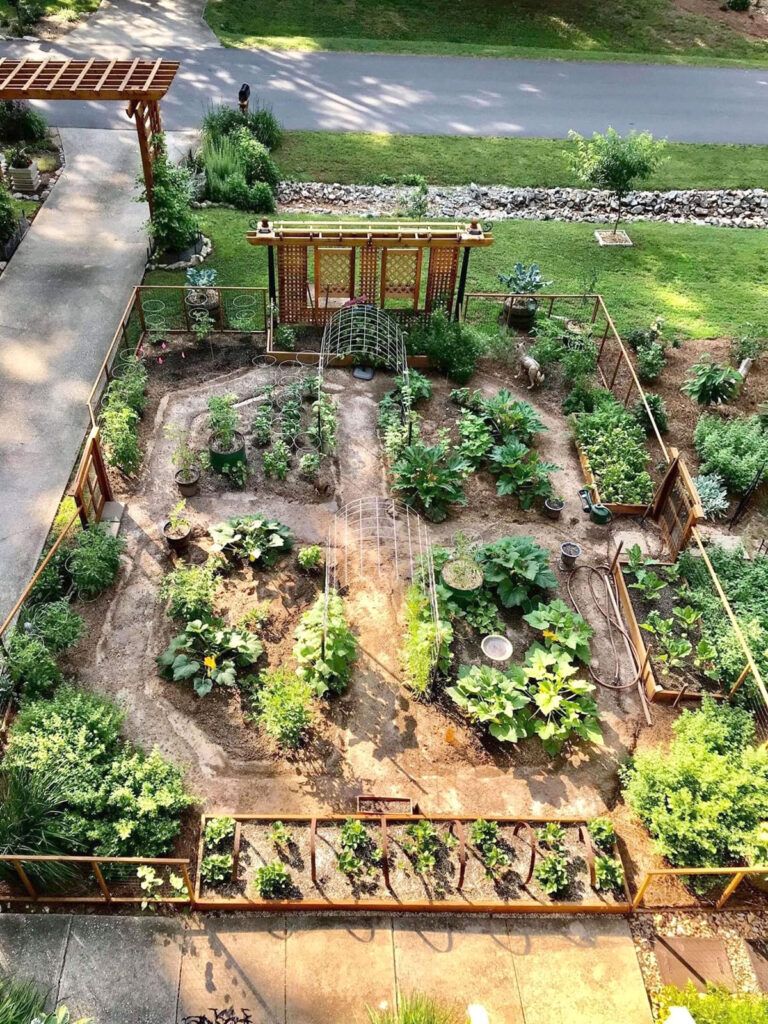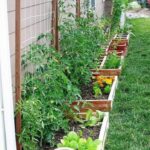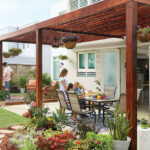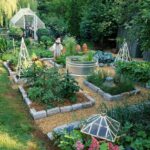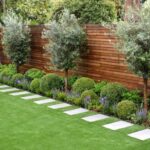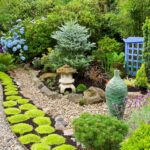Designing a backyard garden can be a fun and rewarding project that allows you to create a beautiful outdoor space to relax and enjoy. When planning your garden design, it is important to consider the layout, size, and shape of your backyard. Start by sketching out a rough plan of your garden space and take note of any existing features such as trees, shrubs, or structures that you want to keep.
When choosing plants for your backyard garden, consider the climate and soil conditions in your area. Select a variety of plants that will thrive in your specific environment and choose a mix of flowers, shrubs, and trees to add visual interest and texture to your garden. Be sure to also consider the mature size of the plants you choose to prevent overcrowding and allow each plant to have enough space to grow.
Incorporating hardscaping elements such as paths, patios, and seating areas can add structure and functionality to your backyard garden design. Create a focal point in your garden with a decorative element such as a water feature, sculpture, or pergola. Hardscaping elements can also help define different areas of your garden and create a sense of flow and continuity throughout the space.
Consider including a mix of native plants and non-native plants in your backyard garden design to attract pollinators and create a more diverse and wildlife-friendly environment. Native plants are well-suited to the local climate and soil conditions, making them easier to care for and more likely to thrive. Non-native plants can add color, texture, and variety to your garden, but be sure to choose plants that are well-suited to your area’s climate and growing conditions.
To add extra interest and vertical dimension to your garden, consider incorporating trellises, arches, or arbors for climbing plants such as roses, clematis, or vines. These structures can help create a sense of enclosure and add visual interest to your garden design. You can also use containers and hanging baskets to add color and texture to your garden design, especially if you have limited space or poor soil conditions.
Maintaining and caring for your backyard garden is essential to ensuring its long-term success and beauty. Regular watering, pruning, and fertilizing will help keep your plants healthy and thriving. Take the time to observe your garden throughout the year and make any necessary adjustments to ensure that it continues to evolve and grow. With careful planning and attention to detail, you can create a backyard garden that reflects your personal style and provides a peaceful and tranquil outdoor retreat.
